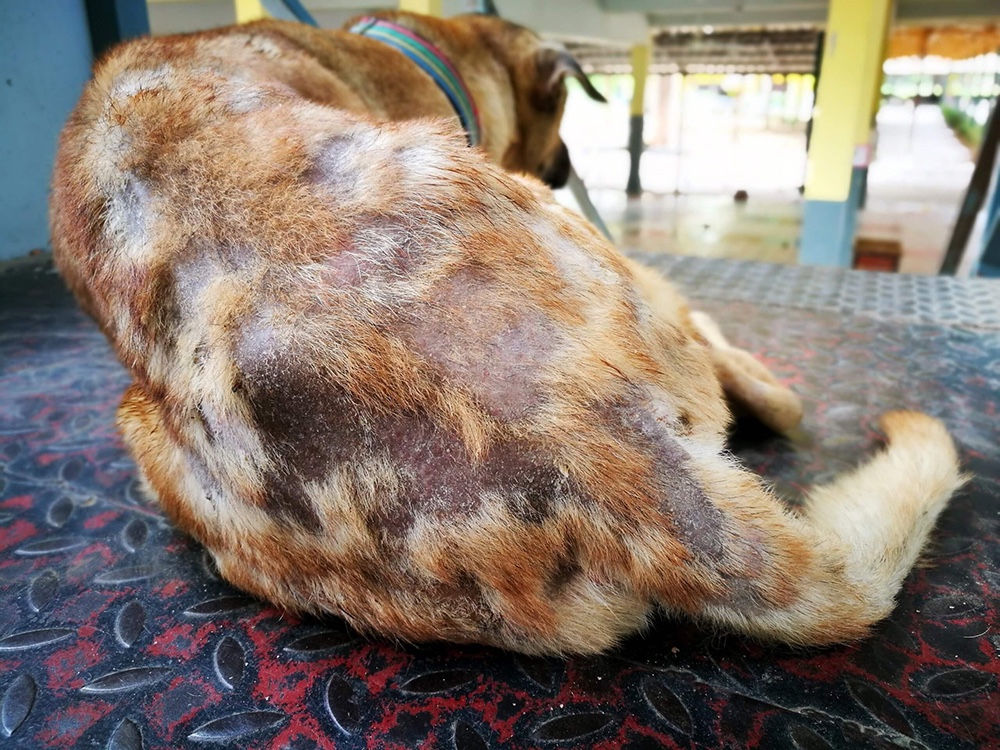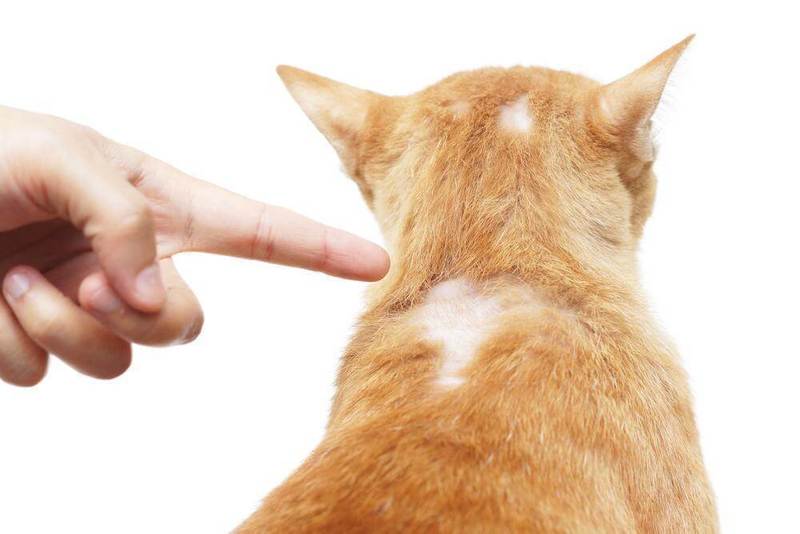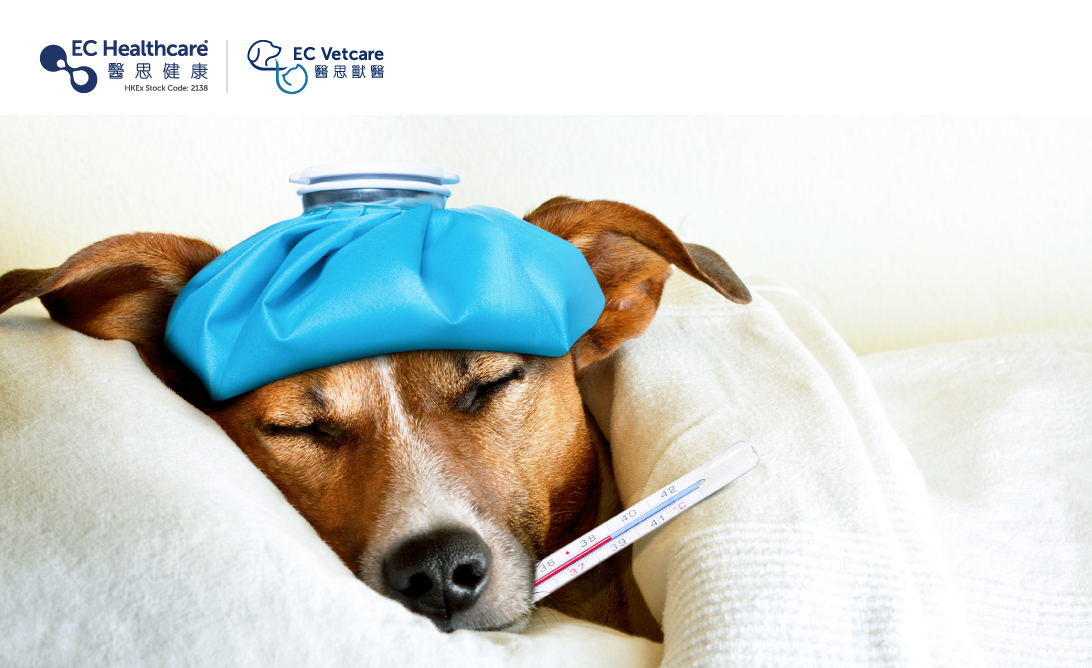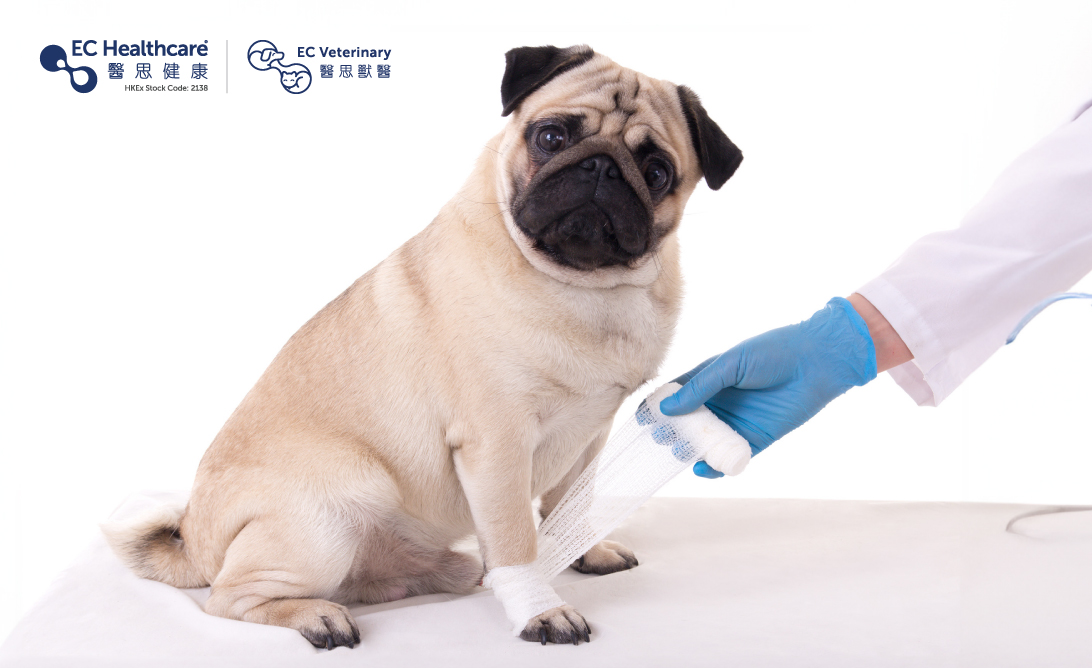Your Furry Friend Is Not Furry Anymore?! Pet Hair Loss Explained
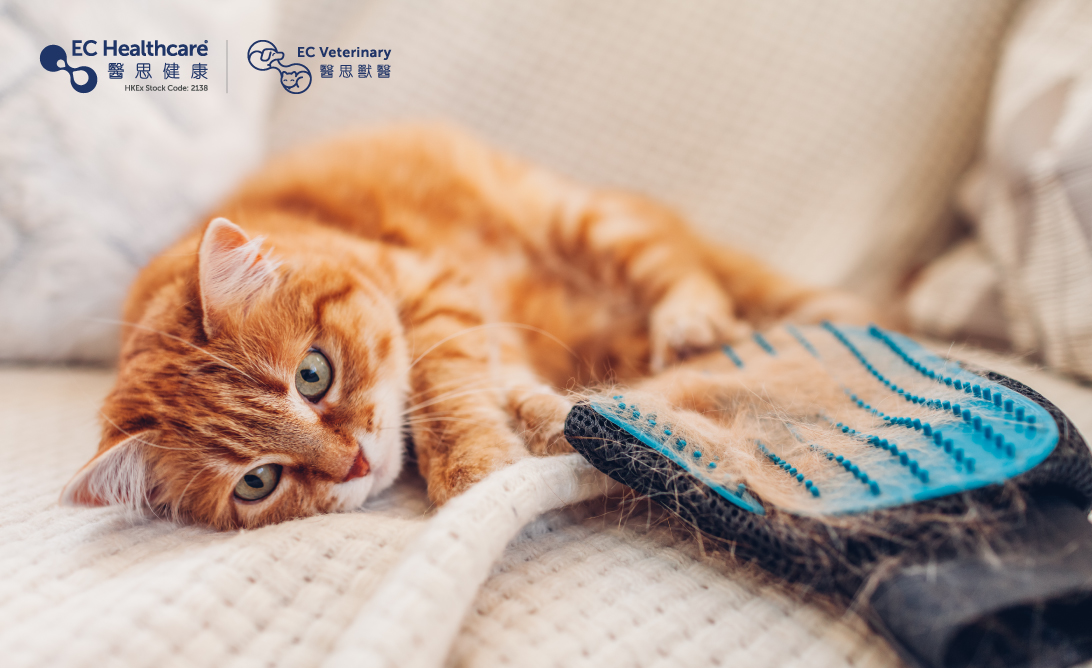

As your furry friend becomes a shedding machine during seasonal changes, you may be used to seeing hairs everywhere in your house – but prolonged and huge hair loss is not something to be taken lightly. If your pet loses a large amount of hair when combing lightly or develops bald spots in some body parts, it could indicate an underlying medical issue that requires veterinary care!
1.Infection or allergy
Parasitic infection, allergy to the environment or surrounding objects, excess bathing, and using the wrong shampoo are common causes of itchy and dry skin in pets. They will constantly scratch, bite, lick and groom their hair to get rid of the itchiness, leading to hair breakage and shedding, and possibly large bald patches.
2.Physical and mental problems
Skin diseases such as folliculitis, seborrhoea and ringworm are physical problems that can cause asymmetrical bald patches with surrounding hairs that fall off easily. These problems may even trigger skin tumours with smooth and swollen hair loss sites. Mental problems like stress caused by unfamiliar environments or new family members at home can also trigger hair loss. Watch out for any behavioural changes in your pet, such as inappropriate urination and aggression.
3.Abnormal hair cycle (alopecia)
If your furry friends show no suspicious symptoms but continue to shed large and symmetrical patches of hair throughout their body and do not grow hair on shaved sites, these indicate abnormalities in their hair cycle. This is usually caused by congenital problems related to genes such as follicular dysplasia, hypotrichosis, colour dilution alopecia and alopecia.
4.Endocrine diseases
If your pet has large, symmetrical and dark bald patches, develops bald spots on the nose and tail, and suffers from loss of appetite, thinning of the skin and a swollen abdomen, the culprit could be endocrine disorders. The disorders not only cause hair loss, but can also trigger dehydration, goitre and other conditions that could be life-threatening!
If you spot abnormal hair loss in your pet, seek medical attention as soon as possible. Your vet will assess your pet’s condition and perform diagnostic tests such as skin biopsy, blood test, urinalysis and imaging to identify the underlying causes and help your furry friends regain their furry coat!
